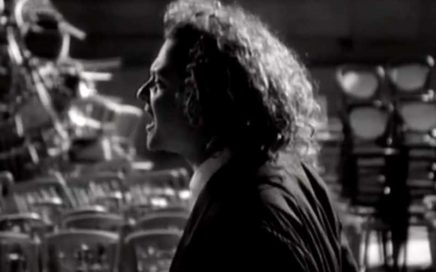
The Most Important Thing to Know About Song Form
You’d think, because practically every song we know is designed to be alternating verses and choruses (with other miscellaneous sections thrown in from time to time) that verses and choruses are a necessity for any good song. If you think that, you’d be wrong. That’s not to say that the design of your song isn’t […]














